16 Things To Do in Tsalka and Around – Must-See Spots
Extinct volcanic plateaus, piercing canyons, several lakes, and ancient petroglyphs make up the surreal landscapes of Tsalka municipality. To inspire your travels to this almost unknown area of the country, I compiled some of the most wonderful things to do in Tsalka town and its neighboring areas.
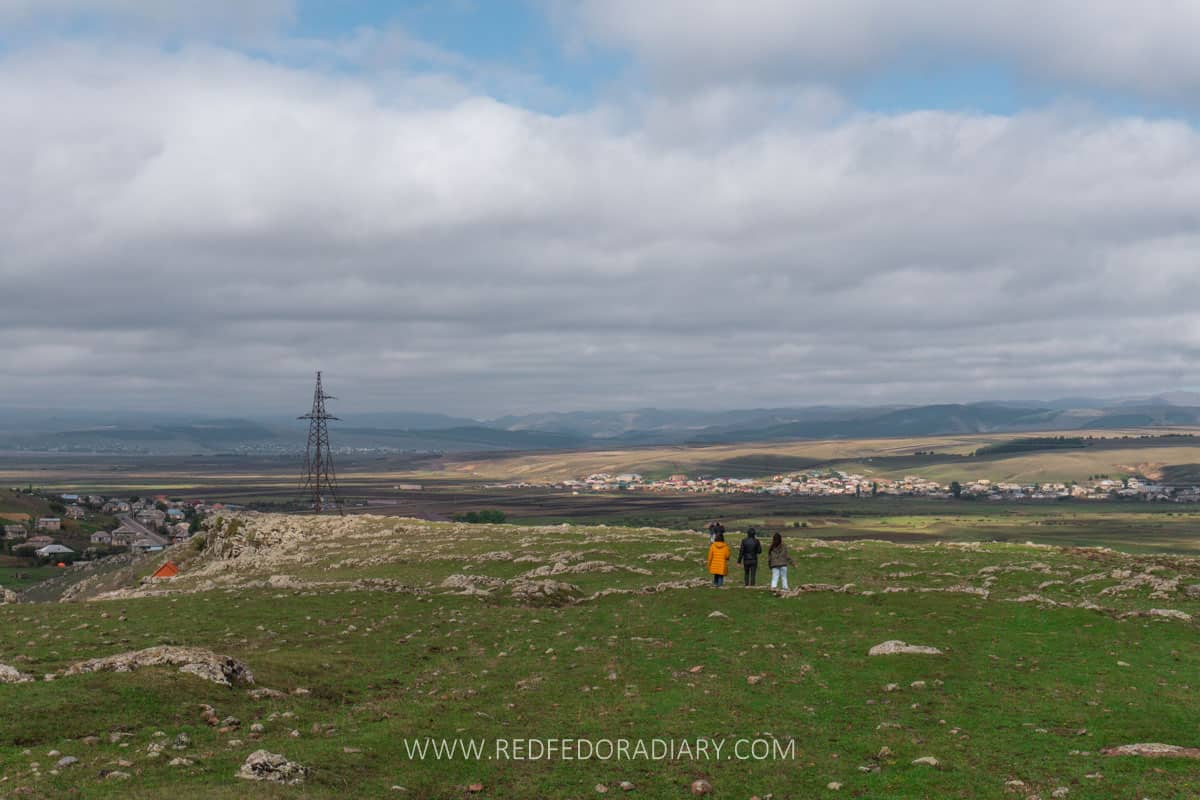
As you’ll see below, the area is one of the most important historical and cultural regions of the country, but it is neglected as the government’s priority is elsewhere rather than studying the ancient Georgian civilization.
I’ve passed by Tsalka several times and honestly have never stopped to explore before I was invited a few years back to a press trip working on promoting Tsalka as a tourist destination. The majority of the places outlined here are from that visit.
However, ever since that press trip, I occasionally go back and visit Tsalka to keep this post updated with relevant information. My recent trip here was in January 2025.
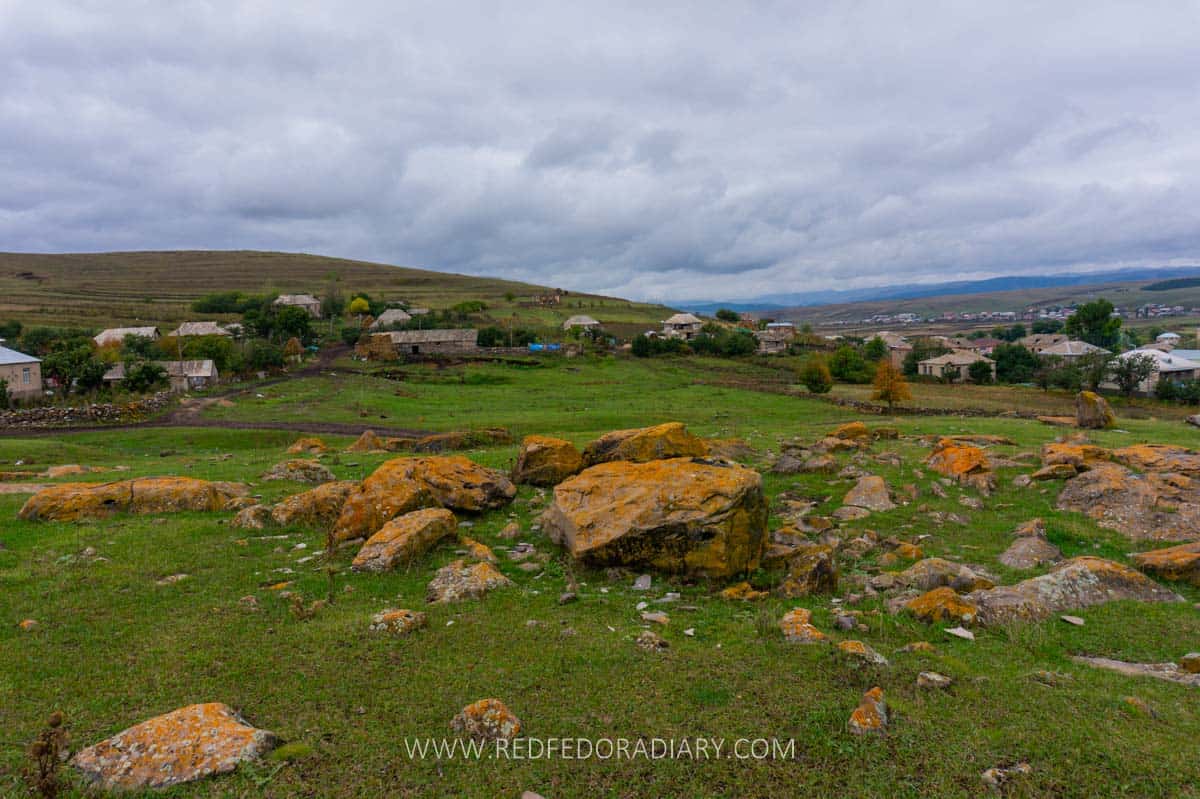
This detailed guide to the best things to do in Tsalka concentrates mainly on the significant attractions outside the town and lists a few spots within the city’s boundary. At the end of the post, I also list a few interesting places to add to your Tsalka itinerary to make your trip here even more exciting and diverse.
Disclaimer: Some of the links in this post are affiliate links, which means I may earn a small commission if you buy something through them—at no extra cost to you. It helps support my blog and lets me share real, first-hand travel tips. Learn more
Understanding Tsalka
Tsalka is located in the southern region of Kvemo Kartli. It is spread on the Trialeti Ridge and borders Armenia and Turkey. Within the country, the Javakheti Plateau of Samtkshe-Javakheti is next door, where landscapes change to even more drastic topography.
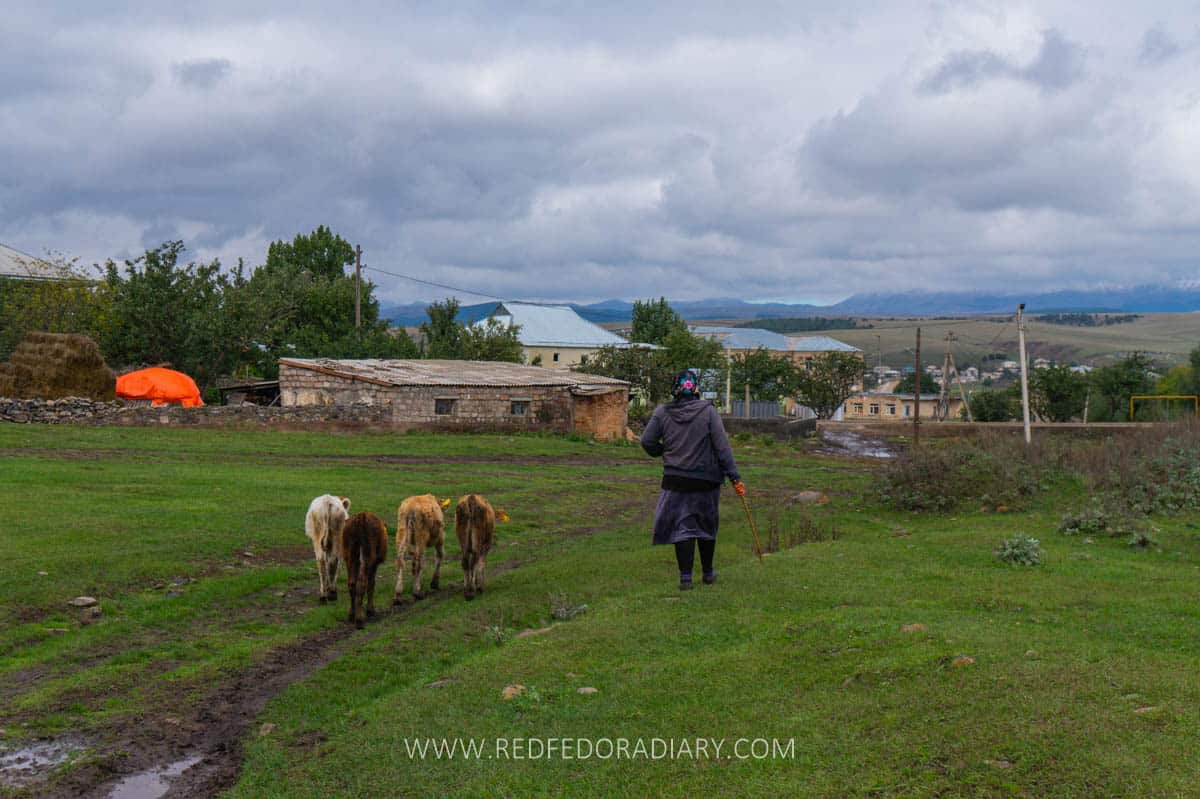
Until 1917, the territory of the present Tsalka was part of the Tbilisi district within the limits of Borchalo Rayon (a municipality in today’s terms). In 1965, the territory became a separate district and now holds the municipality status, with the town of Tsalka being its administrative center.
Tsalka lies in a transition zone between moderately humid subtropical and dry highland climates. Most of the area experiences highland steppe conditions characterized by mild, nearly snowless winters and extended warm summers.
This part of Kvemo Kartli is the most diverse area of Georgia in terms of nature and population. Ethnic minorities of Greeks, Armenians, Azerbaijanis, and Georgians make up the residents.
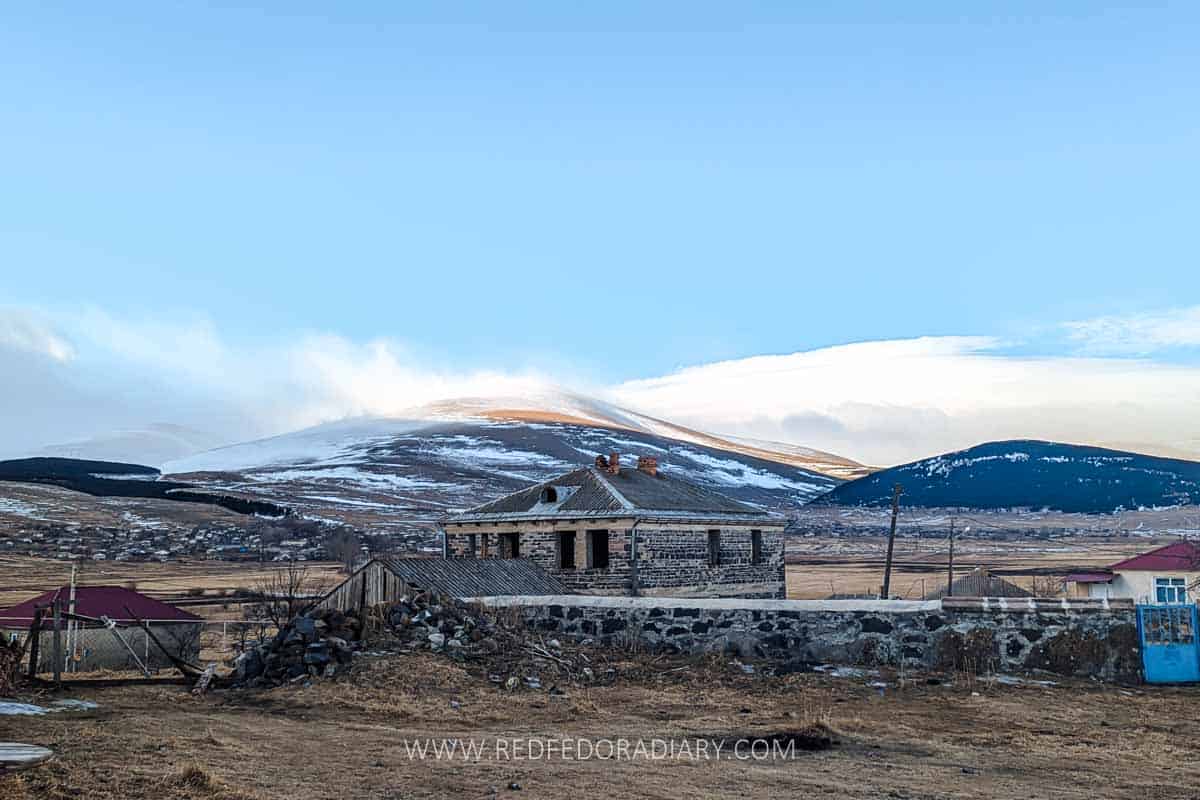
Before 1990, Tsalka was home to around 55,000 people, with Greeks making up over 90% of the population. It was the only city in the Soviet Union with such a significant Greek community, where 44 out of 49 villages were Greek.
Until the 1990s, Russian was the primary language for communication between different ethnic groups and was the medium of education in most regional schools. Notably, this was the only part of the Soviet Union where Greek was taught in schools. Many Greeks in Tsalka also spoke the local Tsalka dialect, a Turkish form, and continue even today.
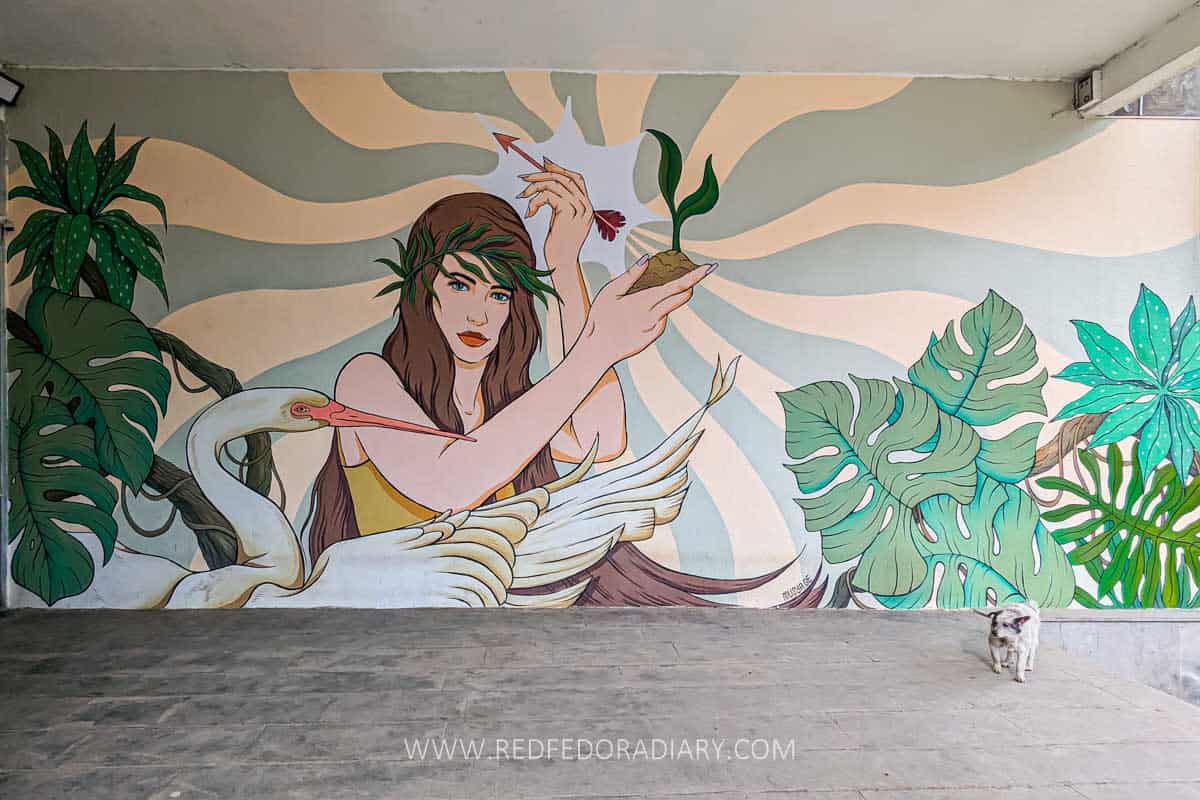
Unfortunately, their numbers have declined due to mass emigration to Greece in the 90s. Between 1997 and 2006, eco-migrants from the Adjara and Svaneti regions who suffered from landslides resettled in Tsalka. The arrival of these new settlers occasionally sparked ethnic tensions within its Greek and Armenian communities.
With a harsh weather climate, lack of infrastructure, limited public transportation, and social institutions, most villages in the area seem almost abandoned by the rest of the country. The population decreases yearly, while youngsters flock to Tbilisi and stay there.
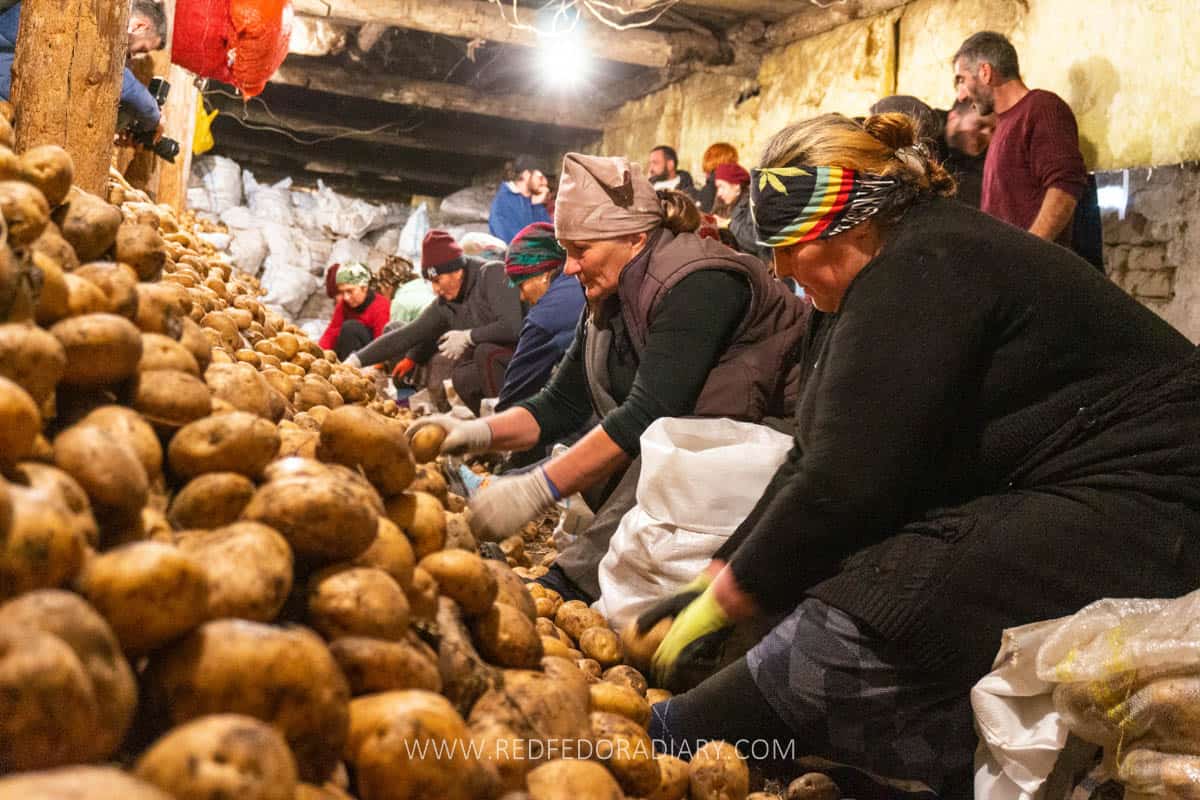
Most families’ primary income source is agriculture. The soil is nutrient-rich, especially nitrogen, making the land exceptionally fertile. The primary activity of farmers here is potato growing, followed by grains such as wheat, barley, beans, oats, corn, and peas. Livestock and beekeeping are also sources of income for some families.
The municipality is rich in valuable mineral resources, with notable perlite, obsidian, and pumice deposits along the boundary between Tsalka and Ninotsminda.
Plan Your Trip to Georgia Like A Pro
Historical significance of Tsalka
Today’s area of Tsalka is lodged in the territory of historic Trialeti, first mentioned in books in the 1st century by the Roman author Pliny the Elder.
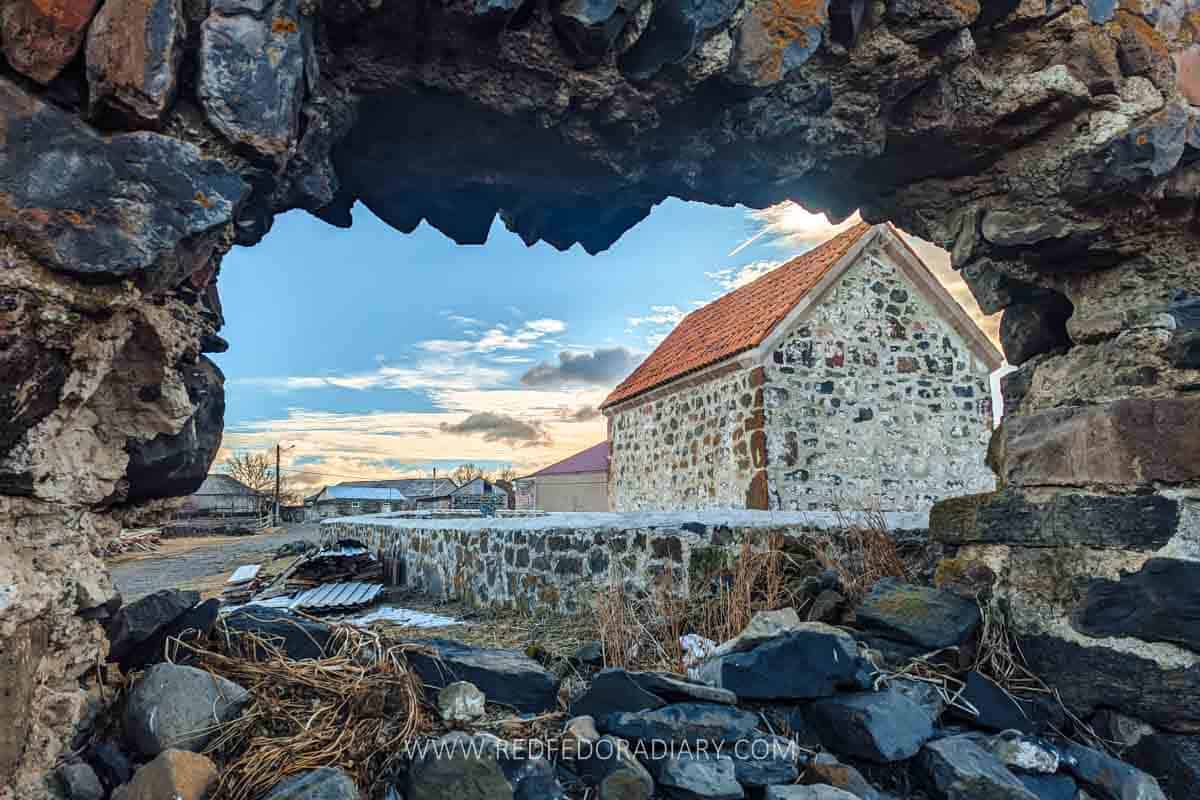
Over time, Trialeti was one of the strategically important areas mainly ruled by Georgian kings. However, with the constant invasions of Mongols during the 13th-15th centuries, the Trialeti population slowly started to leave their homes, leading to its complete abandonment in the 18th century.
Between 1829 and 1832, the Russian Empire forced Armenians and Urums (Turkic-speaking Greeks) expelled from the Ottoman Empire to settle in the territory of Trialeti. This is why today’s Tsalka is so culturally and ethnically diverse.
As an important area in Georgian history, Trialeti is rich in ancient cultural monuments such as traces of dwellings, cave kilns, rock settlements, and stone monoliths. More than a hundred churches and traces of now demolished churches showing Georgian inscriptions have been researched and marked.
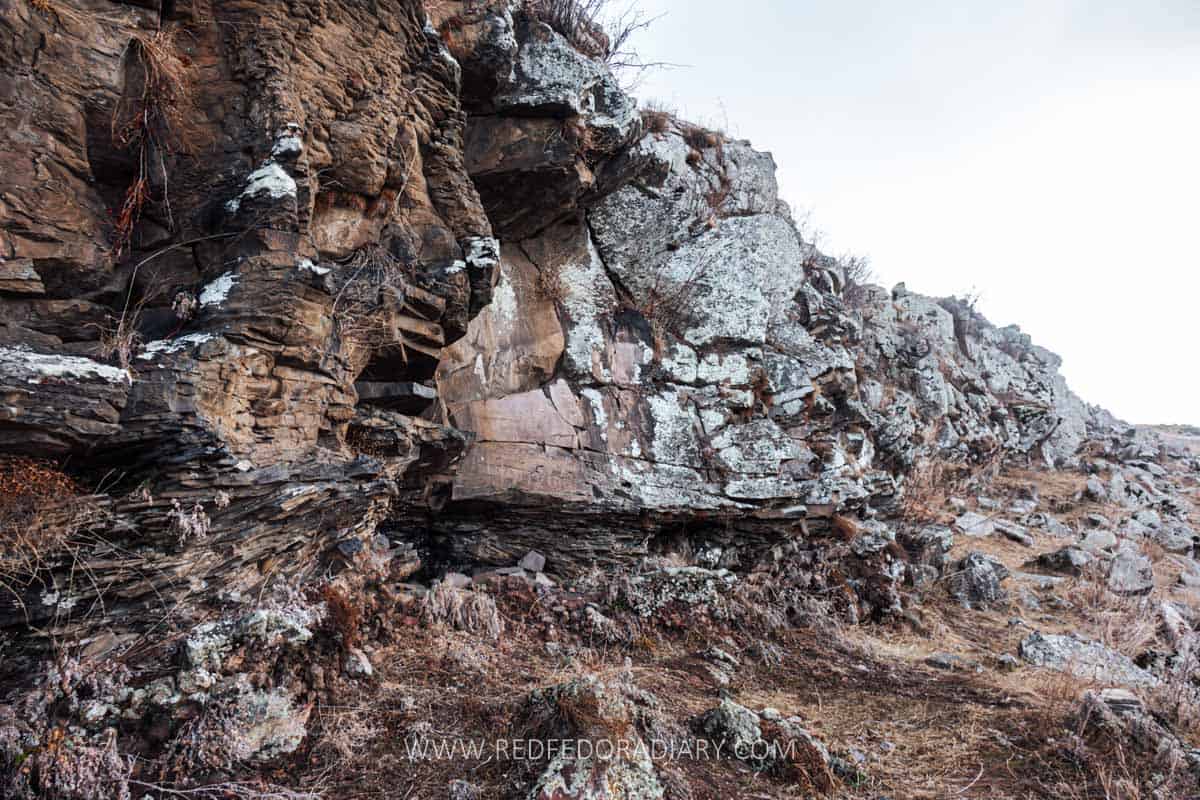
In 1946, the Soviet Government created the Tsalka Reservoir on the territory of historic Tsalka, which flooded significant relics. When the waters are low, the traces of a church, dwellings, and many other buildings surface.
Despite some research done several decades ago, most of its cultural and historical areas haven’t been thoroughly studied until today. The area still hides some crucial artifacts that show the ancient history of Georgia’s territory and its civilization, which must be discovered and preserved.
Tsalka travel essentials
How to get from Tbilisi to Tsalka
Tsalka is only 90 km from Tbilisi, and it takes almost two hours to get there. There are two roads leading to Tsalka, but the total journey time is practically the same and is the personal/territorial preference:
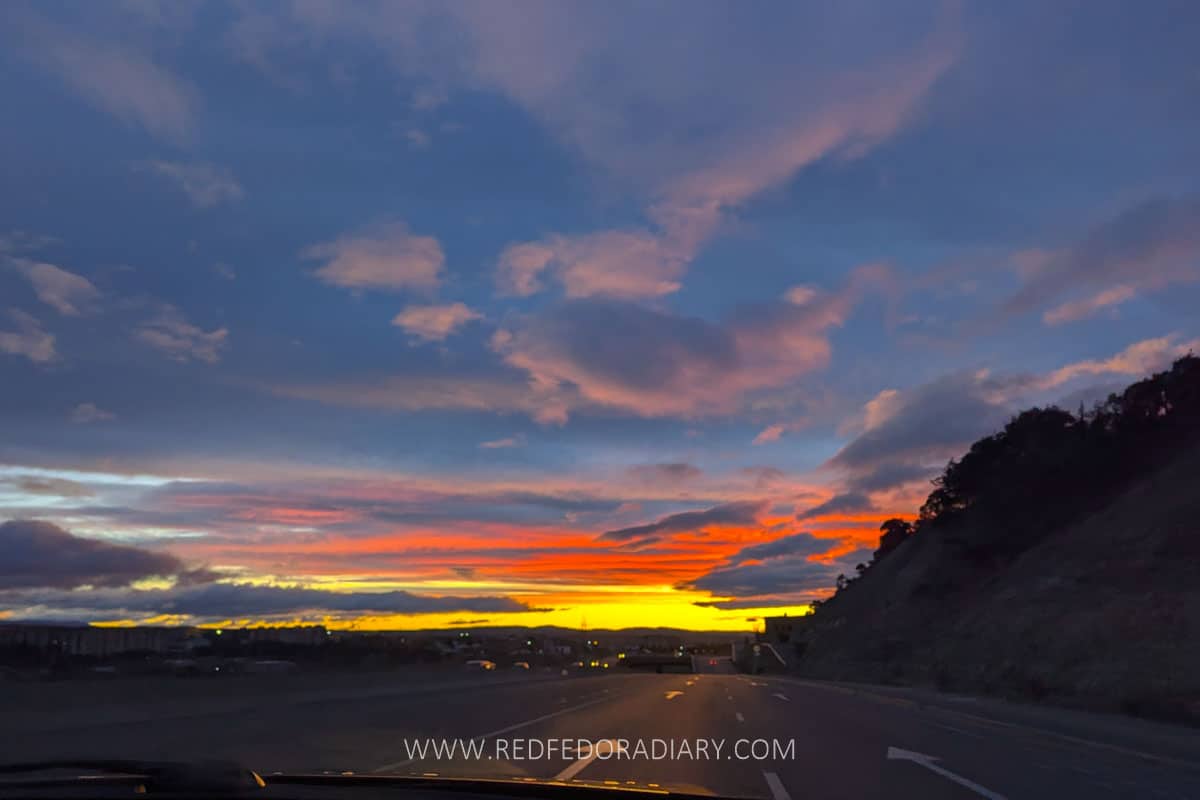
The Vake-Tskneti-Orbeti-Manglisi highway or the Ortachala-Koda-Partskhisi road, which then connects to the first one in about 70 km. Both roads are well-paved and maintained but are zigzag at some parts. The traffic is moderate, almost non-existent in some parts.
Depending on your list of the things to do in Tsalka and its neighboring areas, the best way to travel from Tbilisi to Tsalka is by car, as the public transport within the municipality and its villages is limited or non-existent. Getting around on your own using marshrutkas to see the sights would be very hard.
You can rent a car at Local Rent, which has affordable prices and a wide range of vehicles. Alternatively, you can also book a private transfer with GoTrip, a service I often use at reasonable prices and with professional drivers.
GoTrip offers the option and flexibility to make a day trip from Tbilisi to Tsalka and add the desired places of interest when booking the service.
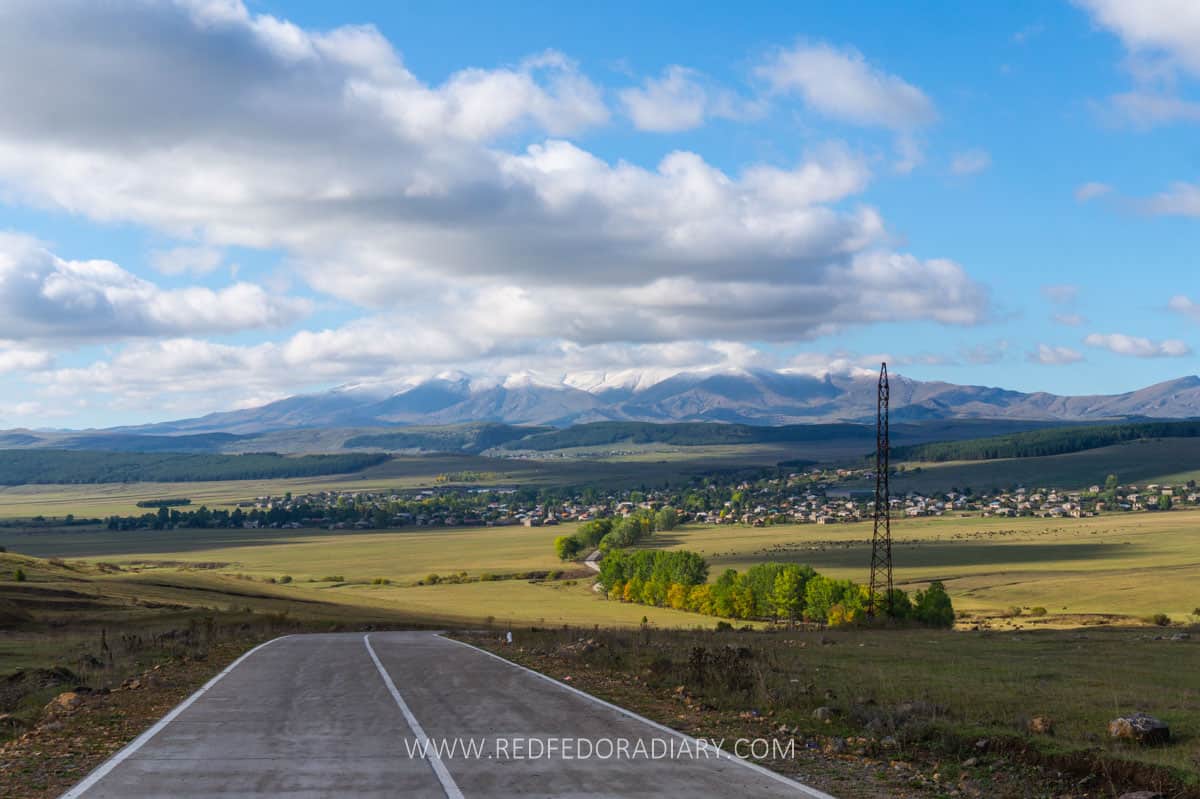
Daily marshrutkas from Tbilisi to Tsalka leave from Samgori (Navtlughi) Bus Station at 8 am, 11 am, and then hourly after noon. The ticket costs 15 GEL one way.
Remember that the schedule can change seasonally or by demand, so it’s better to check when they leave beforehand.
If you prefer to join an organized tour, WT Georgia often organizes small group tours from Tbilisi towards a few lesser-known areas of Kvemo Kartli and Javakheti, but not particularly to Tsalka.
Alternatively, you can always check Viator and GetYourGuide for listed tours within the Kvemo Kartli areas; however, note that most of them offer packages to the Tsalka (Dashbashi) Canyon, which I mention below, with a few added stops.
The best time to visit Tsalka
This area typically experiences cold winters and relatively long warm seasons, with the average temperature being 16C (60.8F) in July and -4.8C (23.36F) in January. In even higher-elevation villages, summers are short and cool, while winters are frigid and long.
Therefore, June and July are the best time to visit Tsalka and its neighboring regions.
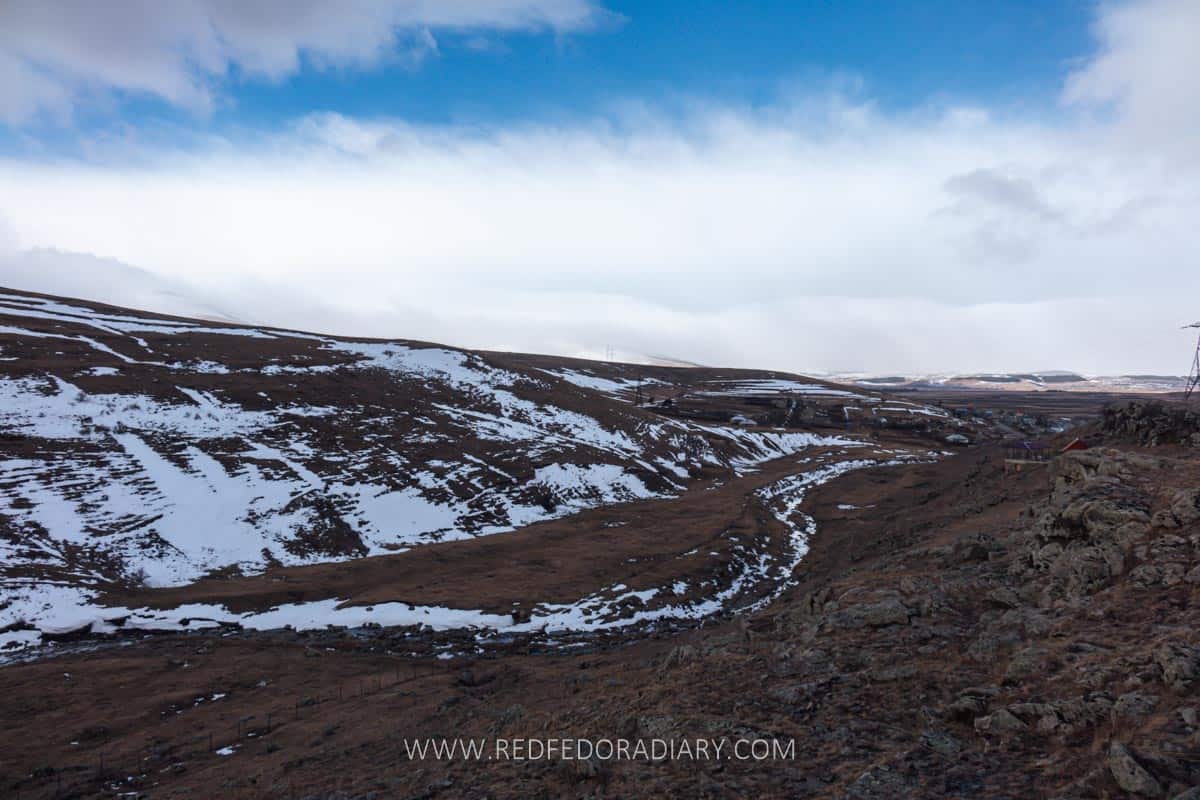
Where to stay in Tsalka
Unfortunately, there are not many accommodation options in Tsalka as the tourism industry is still developing at a very low level.
Hotel Home+: Located in the center of Tsalka, this is one of the best-looking apartments in town. It’s ideal for families, couples, and even solo travelers, featuring a garden and all the necessary amenities to prepare a light meal or snack.
Lileo: This guesthouse, featuring a garden and balconies for some rooms, is close to the Tsala Reservoir and a few minutes from the town center. It has several rooms to choose from.
Urban Harmony: Another nice apartment in the center of Tsalka offers a fully equipped kitchen, a sofa in the living area, and a separate bedroom.
Kass Diamond Resort (Dashbashi Canyon): The resort was built by the company that constructed the glass bridge over the Dashbashi Canyon. It offers prime views of the glass bridge, gorge, and visitor center and provides a seamless blend of comfort and convenience.
Tsalka things to do map
For a more comfortable way of exploring the city, here is the Google Maps list of all the things to do in Tsalka and the nearby areas for you to save and use whenever you need it. If you download the area for offline use, you will not need the data to access the spots
10 Things to do in Tsalka
Tsalka municipality is unique in Georgia because of its plethora of cultural heritage, which includes megalithic structures, archeological sites, and churches.
The National Agency for Cultural Heritage Preservation of Georgia reported that more than 600 cultural heritage monuments are registered in Tsalka. However, as mentioned earlier, these artifacts need new research and preservation works.
This part of the Tsalka travel guide concentrates on what to see in Tsalka town and very closeby villages.
Explore Tsalka Canyon
Tsalka Canyon, also widely known as Dashbashi Canyon, has gained popularity over the years because of its gorgeous yet small cascading waterfall. Since 2019, the area has been privatized by an Israeli company that allegedly built the world’s longest glass bridge hanging over the two ridges.

It also has a diamond-shaped viewing platform and a cafe in the middle that created the nickname of the Diamond Bridge in Georgia.
Located close to the entrance of Tsalka town at 1,230-1,550 meters above sea level, the canyon is part of Algeti National Park. Carved by the Ktsia River (also referred to as Khrami) in volcanic lavas, the canyon has a distinguished ecosystem that is different from the typical landscape of Tsalka.
I have a detailed guide on visiting Dashbashi Canyon with all the necessary information.
Find ancient graves near the Church of St. George in Dashbashi
Overlooking the canyon and the Diamond Bridge, this small Church of St. George is a cultural monument of national significance. The church, constructed in the so-called “free cross” style, should date back to the 10th-11th centuries based on the inscription on its walls. Currently, some parts of the church are damaged.
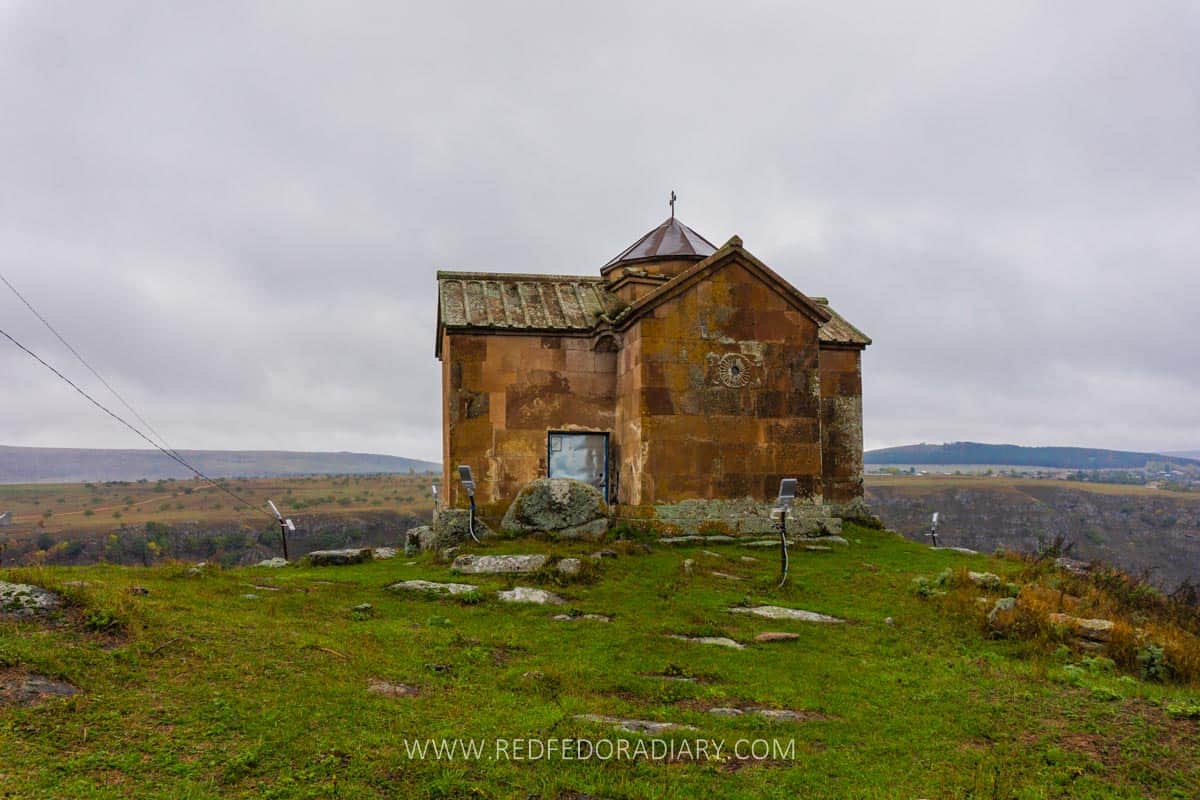
The church door has always been closed, so I haven’t been inside. However, what I love the most about its courtyard (and in Kvemo Karli in general) is the ancient gravestones.
It was quite customary in this part of the country to have sheep or horse statues as gravestones featuring item engravings, such as a sword, a gun, scissors, etc., signifying who was buried underneath.


There’s one sheep statue and one gravestone on the church’s territory. The latter shows a big female engraving with small scissors in one corner, meaning that this grave could be of a female seamstress.
Overlook at Tsalka Reservoir
The artificial Tsalka Reservoir is the largest water pool by surface in Georgia, covering around 33,7 sq. km.
Created in 1946 for the Khrami dam to produce electricity, the Soviet government sunk several uninhabited Greek and Georgian villages. Scholars believe that the reservoir hides some of prehistoric Georgia’s most important cultural heritage sites, which haven’t been studied yet.
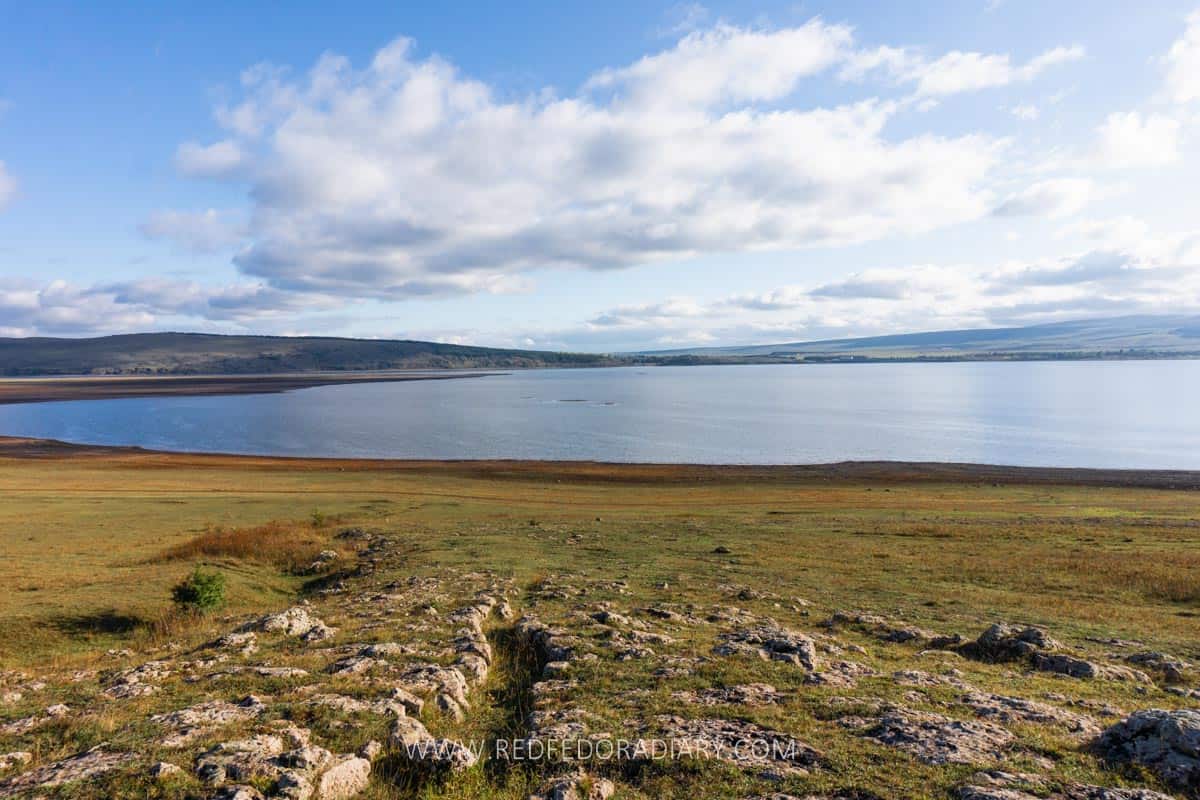
When the water level drops in February and March, the residents of Tsalka see the remains of a small church emerging from the water. The water’s surface freezes in winter, making it a spectacular landscape.
Pay a visit to the beautiful Tsalka Mosque
39.1% of the Tsalka population are Muslims, mainly eco-migrants from Adjara, the western region of the country on the Black Sea.
When they moved here around 20 years ago, they bought a residential house and turned it into a beautiful mosque, but it still is disguised from the outside, looking like a residential house.
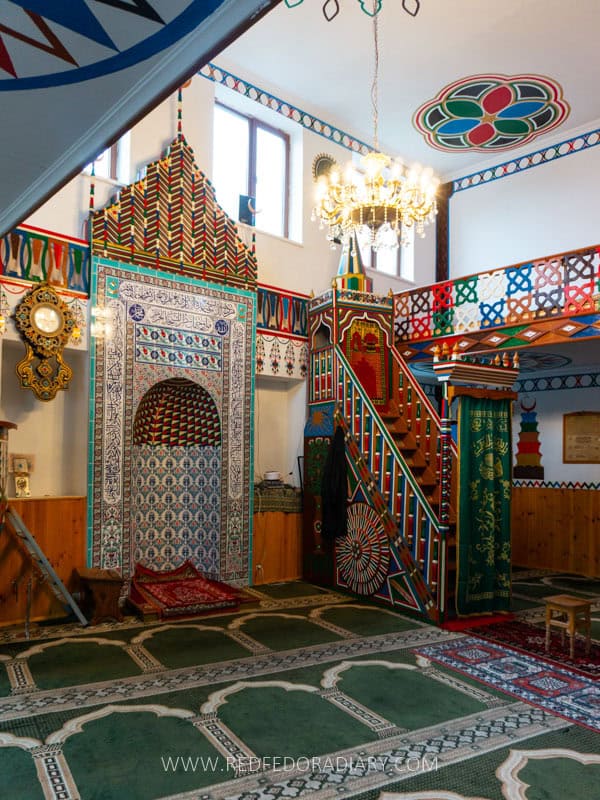
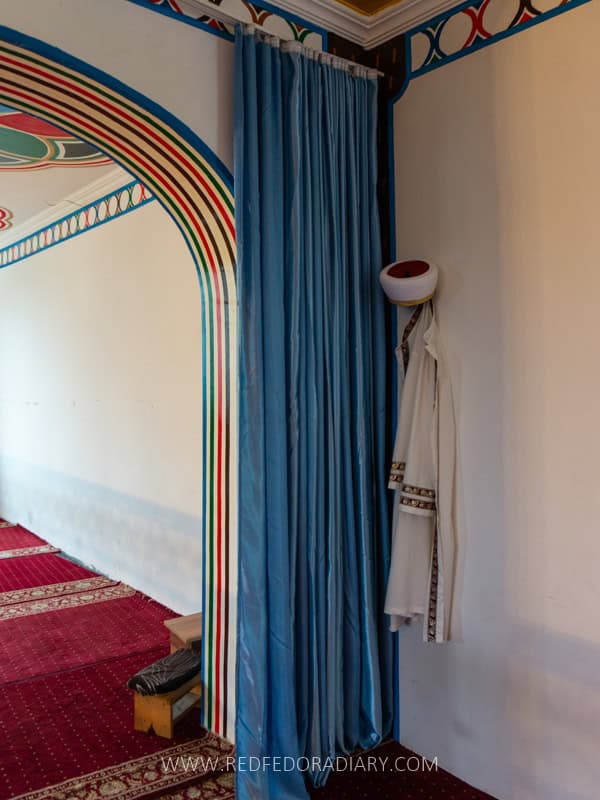
According to locals who showed us around, the Five Pillars of Islam inspired the mosque’s design, symbols, and colors. They also mentioned that the municipality has at least 10 other mosques. However, this one sees around 2,000 people every Friday for their big prayers.
Have lunch at Pontia
Tsalka town isn’t spoiled with many restaurants and cafes, and it only has a few eateries that serve decent and tasty food. One of them is Pontia, a family-run restaurant of ethnic Greeks that opened its doors to customers in 1992 and has been a local favorite ever since.
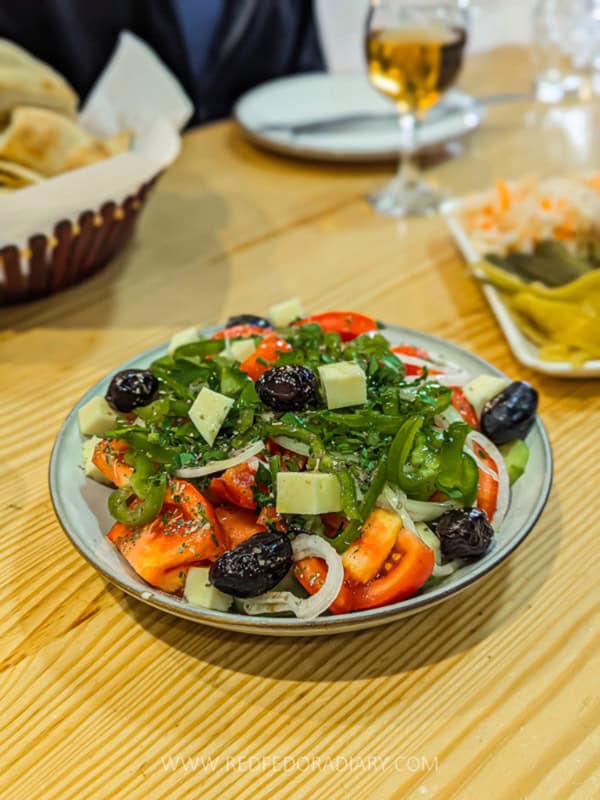
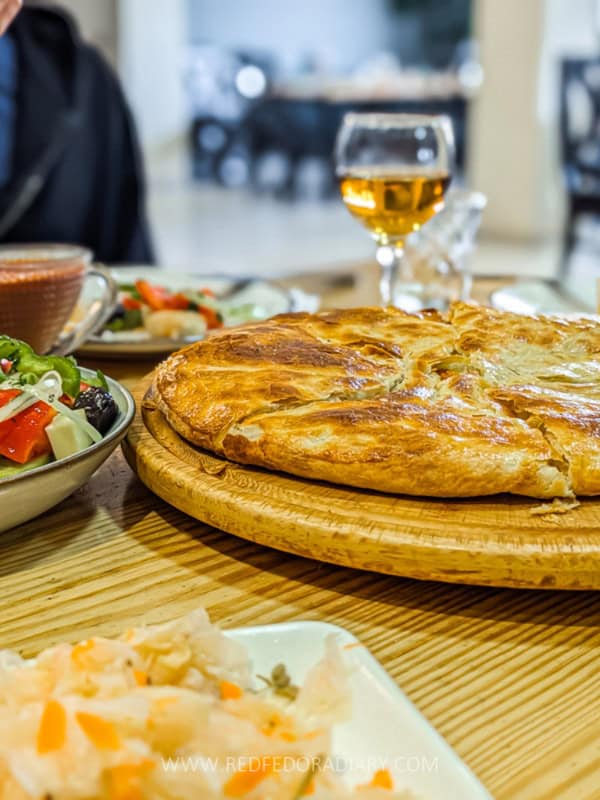
The menu represents a bit of everything from this ethnically diverse region, such as Greek Salad, Svanetian Kubdari, and Khachapuri. You can also see a few famous Georgian dishes, like the typical simple Georgian salad, eggplant rolls, pkhali, Mtsvadi, Ojackhuri, Ostri, etc.
However, since the area is also known for fish, make sure you order local fresh trout or “riyabushka,” also known as least cisco or sardine cisco. And if you decide to go with Khachapuri, order the Pontian version as it has a different type of dough.
They can also prepare Moussaka as a pre-order, but you’d need to order and pay for the entire tray.
Hunt down Trialeti Petroglyphs
Petroglyphs are prehistoric images carved on the ceilings and walls of caves, stones, or cliffs. Hidden in a rugged gorge near the village of Gantiadi (marked as Tikilisa on Google Maps), a 15-minute drive from Tsalka, the Trialeti Petroglyphs are a fascinating glimpse into Georgia’s ancient past.
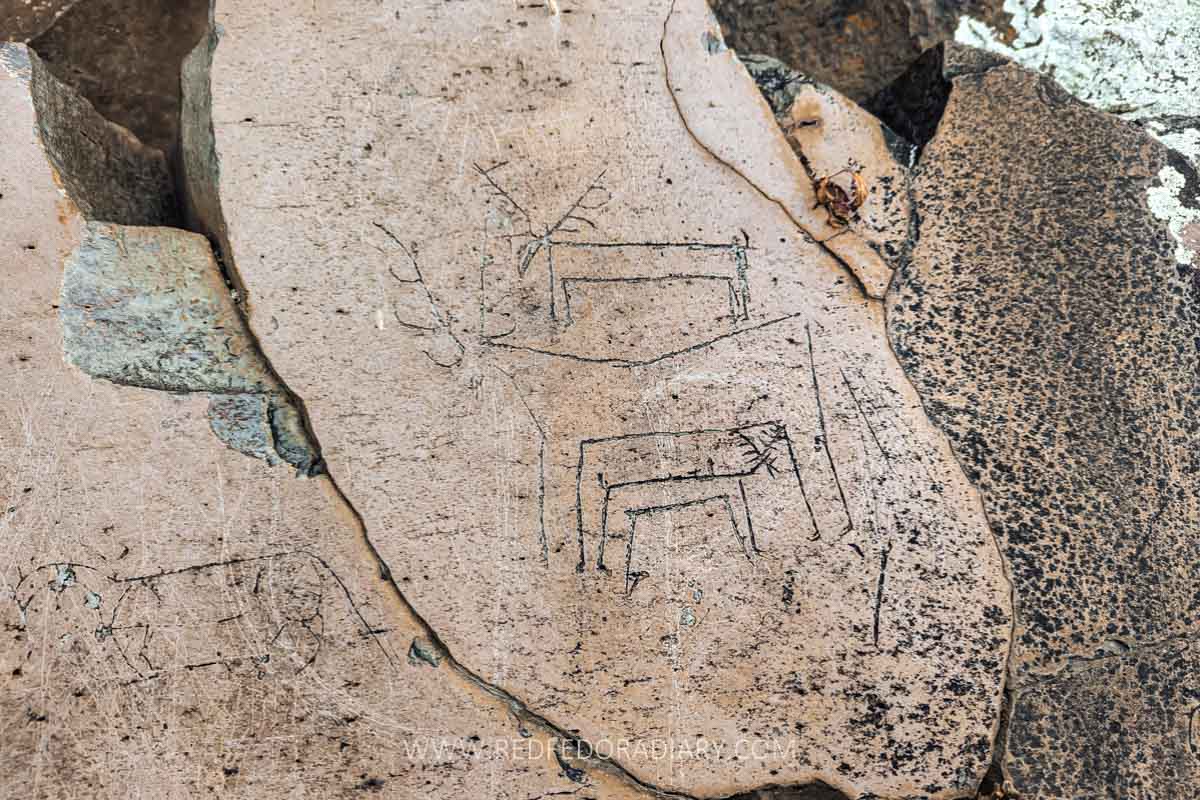
These rock carvings, from the Mesolithic to Bronze Iron, were discovered in the 1880s and later studied during the Soviet period. They date back at least 7,000 years.
Geometric carvings on unevenly smooth andesite-basalt rocks showcase mainly the local fauna: deer, birds, horses, and fish. This suggests that the landscape was once heavily forested. There’s also a drawing of a hunter with arrows and bows.
One particularly intriguing engraving shows a pair of camels, likely influenced by traders traveling along the Silk Road. A nearby village even had a caravanserai, which I explain below.
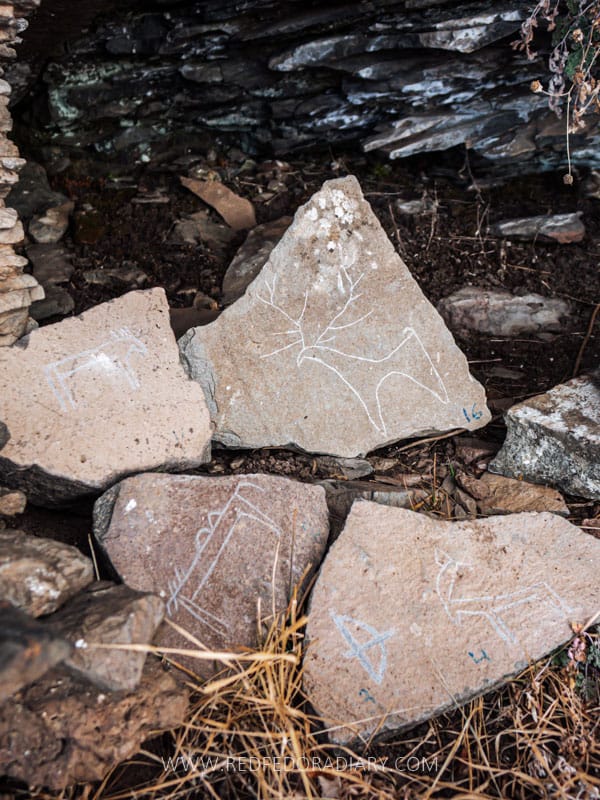
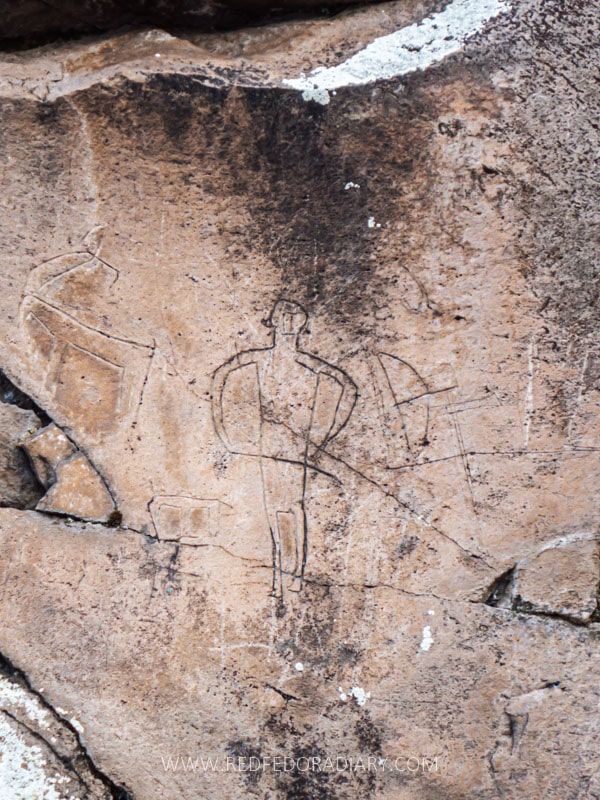
While the site reportedly contains over 100 images, only a handful remain visible today. Unfortunately, the lack of protection has left these ancient markings vulnerable to vandalism, with many petroglyphs damaged by various names scratched over or next to them.
On my recent revisit to the petroglyphs, I found recreations of these images on small rocks and stones placed on the ground underneath them. The small rocks also had numbers, so maybe preservation work is underway?!
Hunting down these petroglyphs is a challenge. This is the exact location of the camel and deer images, while an image of a man is right on the next big rock formation on your left when facing the camel and deer images.
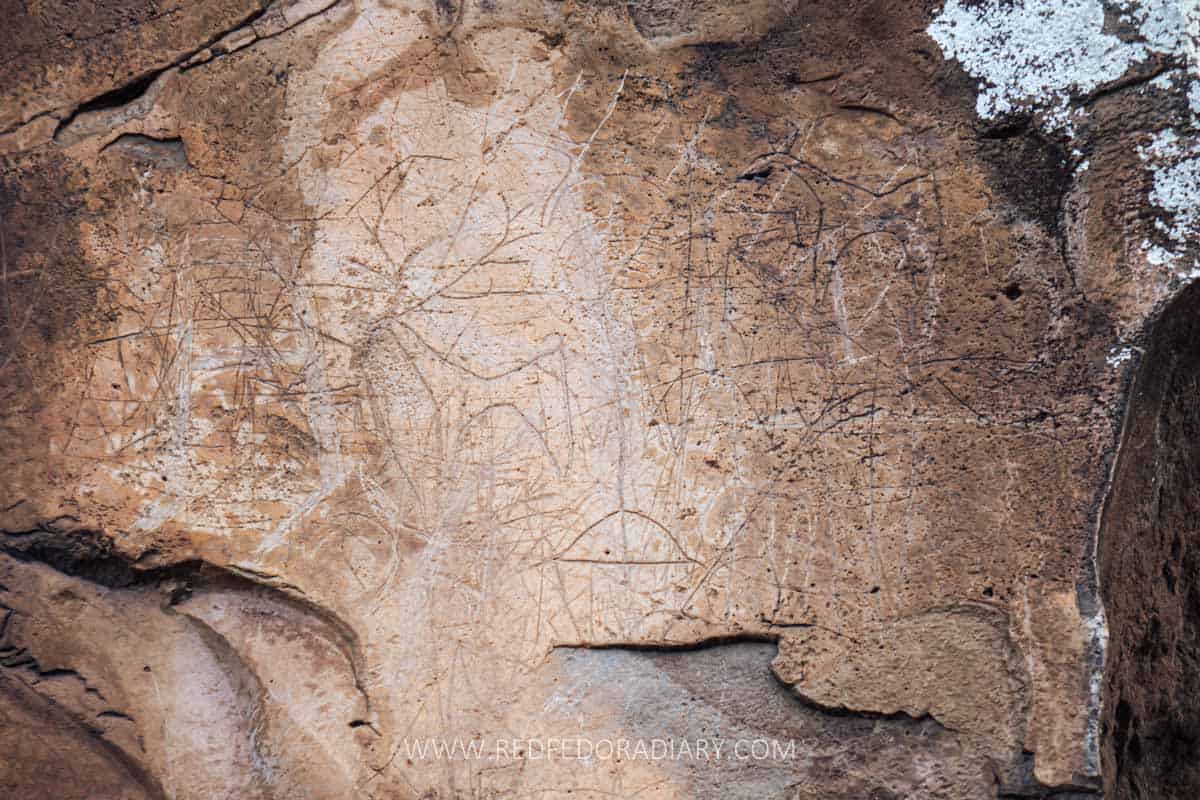
The easiest way to find them is to drive or walk as close as possible to a small St. George Chapel of Gantiadi village and then continue walking towards the pined location. When you get close, you’ll need to find a way to walk down to face the massive rocky cliff. These images are at the upper rocks and not down the valley.
Visit the old caravanserai
Today’s territory of Tsalka used to be part of great trade routes, which might have also influenced ancient residents to draw an image of a camel on the rocks. The small village of Sakdrioni hides an ancient caravanserai built from stones in a fishbone pattern.
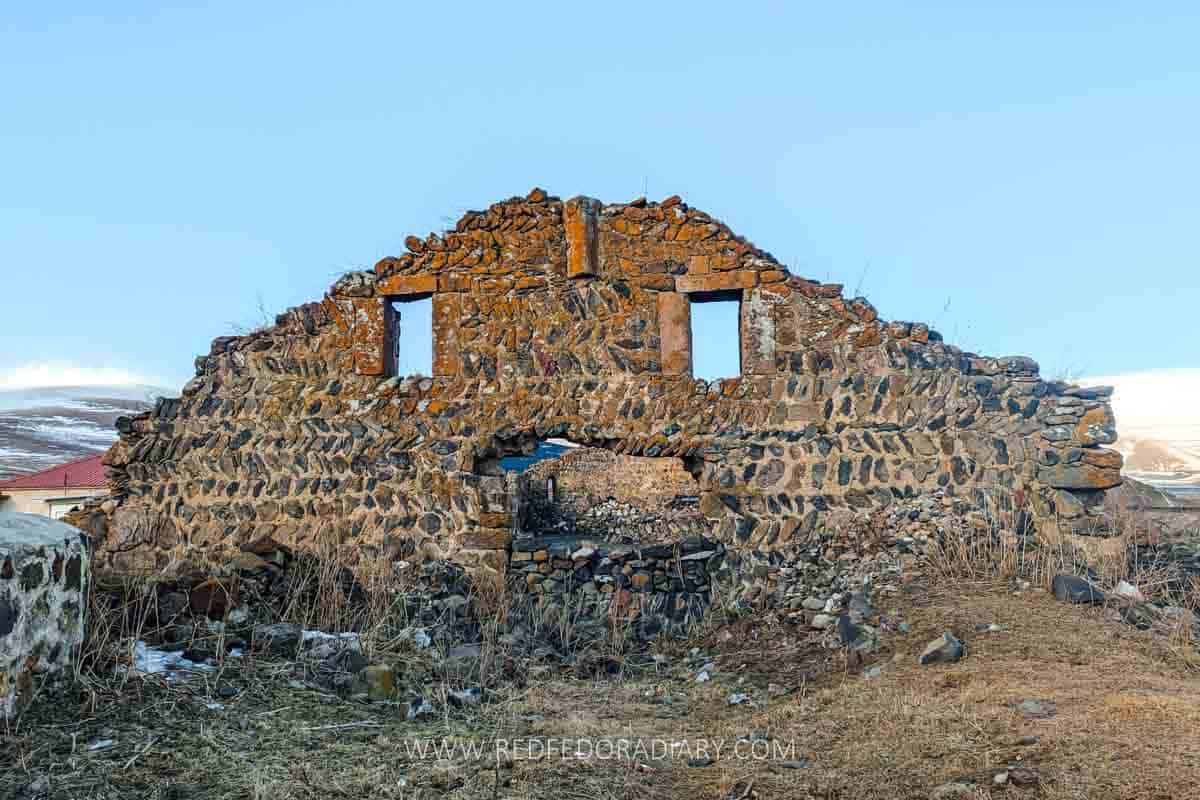
Unfortunately, only fragments of its walls remain today, but it should have been rectangular and divided into two halls of different sizes. The small hall is to the west, and a large fireplace should be present, but because it’s now part of someone’s property and lacks preservation work, it is hard to determine what is what.
Walk along the Bareti Lake
Located about a 20-minute drive from Tsalka, the lake has no perpetual tributary but subsists from rain. It is beautiful during all seasons, with its open spaces, white flowers, water lilies, and mountains on the backdrop, making it fantastic scenery.
See the ‘Holy Trout’ at the Berta Karst Spring
On the western side of the Tsalka reservoir lies Berta, one of Georgia’s most ancient villages. It is now home to Berta Monastery, originally built between the 6th and 7th centuries. The local Pontic Greek community restored it in the 19th century and consecrated it a Greek Orthodox church. In 2004, it became a Georgian Orthodox Fathers Monastery.
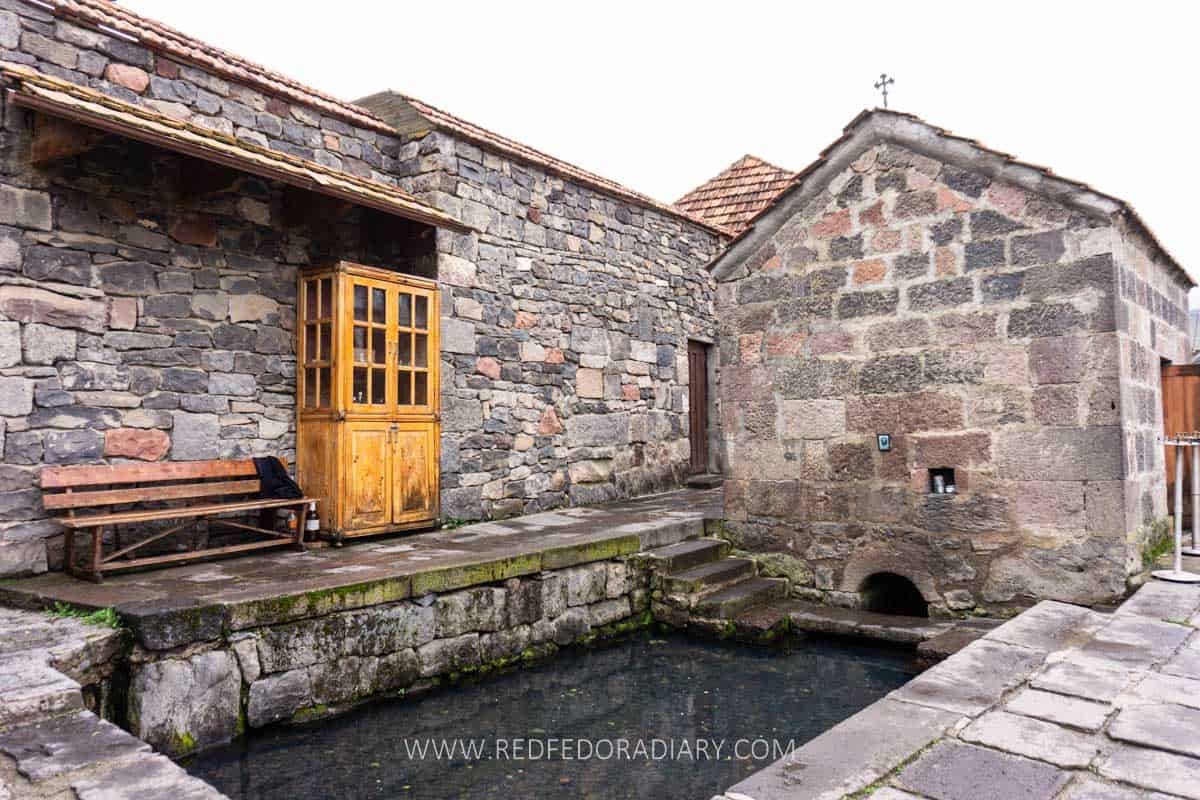
Officially named the Stavropigial Monastery of the Fathers of the Three Priests, it holds a deep historical and cultural significance.
A fascinating feature of the monastery is its main church, which is uniquely constructed over a karst spring. The water collects in a stone basin seen from the yard or through an opening on the floor.
The pool is a fascinating natural wonder, home to a unique population of ‘Holy Trout.’ These river trout have chosen to inhabit and breed in the pool despite being free to swim away at any time.
Local legend attributes healing properties to these fish. It’s believed that touching them—or drinking from the spring—can relieve various ailments.
Enjoy views of Chilchili River Canyon near Beshtasheni
On the east side of the Tsalka reservoir, the Chilchili River flows through Beshtasheni and Smadlo villages, forming a 400-meter-long and about 20-meter-deep canyon at 1,575 m above sea level.
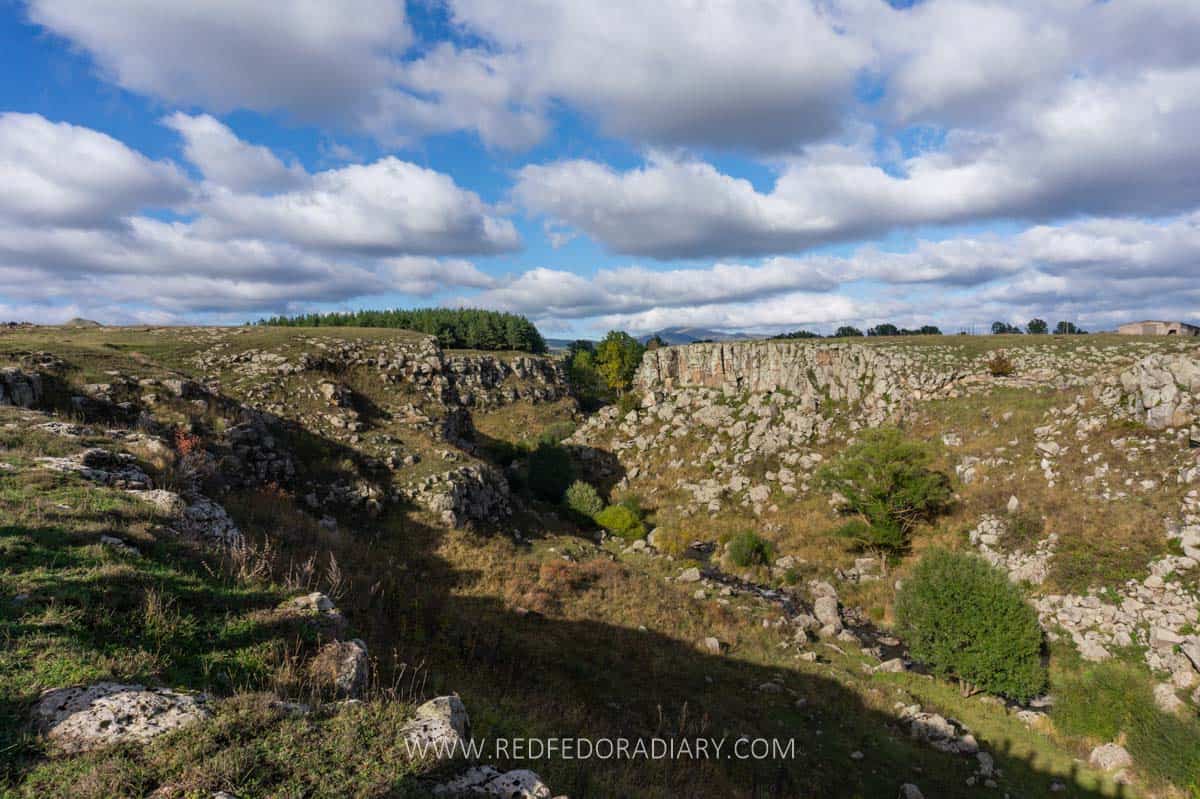
The area is covered with artificial forest and features a natural spring at the gorge’s entrance. On the opposite side of the gorge, there’s a Cyclopic town of Beshtasheni, although not as grand as the Shaori Fortress in the neighboring Javakheti Plateau.
More things to do around Tsalka
The places listed below are best explored by car. Making these stops with public transport is inconvenient, as you might get stuck somewhere and need to hitchhike. Alternatively, if you have more time to spend in Georgia, you can always opt for day trips from Tbilisi to certain places.
While I point out a few must-do places in Javakheti Plateau under this section, for more spots and detailed information, refer to my Samtskhe-Javakheti regional guide.
Asureti
A former German village, Kvemo Kartli, located around 40 km from Tbilisi, is one of those hidden gems of Georgia that rarely gets on tourists’ radar.

In the early 19th century, German settlers, primarily Swabians from Württemberg, began arriving in Georgia due to various socio-economic factors. By 1820, six German colonies had been established in the country, one of them being Elizabethtal, today’s Asureti.
Some original houses remain intact, built with white stone, clay, and cement, featuring timber framing without nails – typical German craftsmanship.
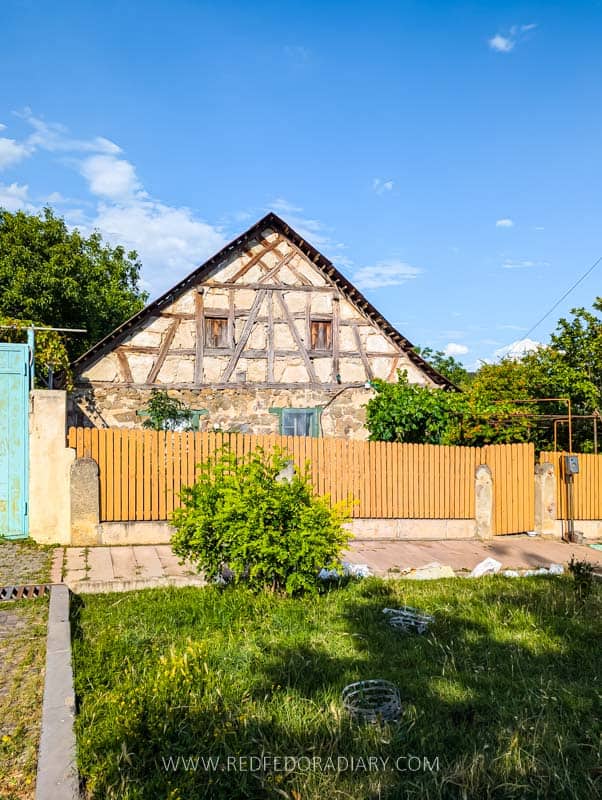
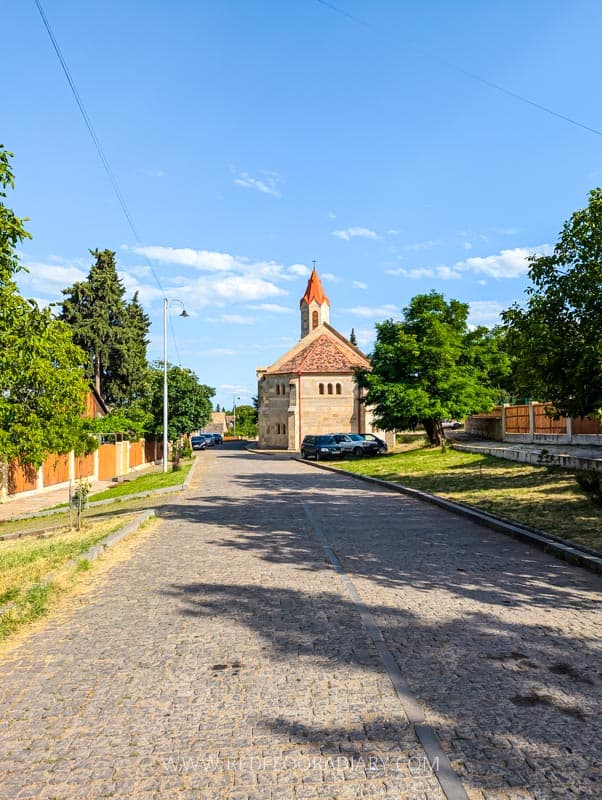
At the heart of the village stands a Gothic Lutheran Church, restored in recent years. Nearby, a German cemetery offers further insight into the community’s past. There’s also a Banhoff Station restaurant serving delicious German and Racha-inspired food.
If you feel adventurous or up for a hiking day trip from Tbilisi, there’s a well-marked trail from Kojori Fortress to Asureti that takes around 4-5 hours with several rest stops.
Paravani Lake
Since you are in the area, basically at the border of Samtskhe-Javakheti, it would be wise to continue your travels and explore one of my favorite parts of the country, which has quite a dramatic landscape.
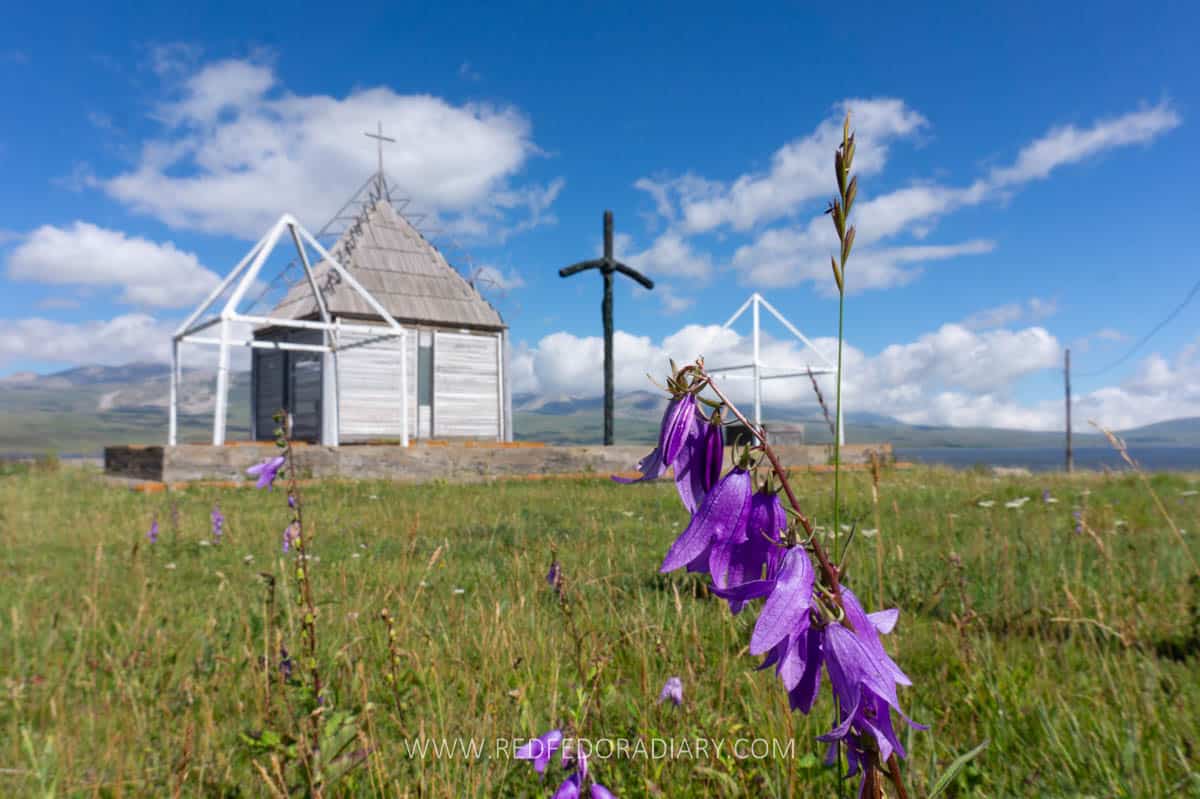
Known for its dozens of lakes, hundreds of migratory birds, and even harsher climate than Tsalka, the Javakheti Plateau is absolutely gorgeous!
Paravani Lake is the largest lake in Georgia and the first body of water once you cross into the Javakheti plateau from Tsalka.
Beneath its surface, geological research has uncovered the remnants of what is believed to be a submerged Bronze Age settlement, likely lost to rising waters from melting ice. However, much like Tsalka, Paravani Lake needs proper research using modern technologies.
Poka Nunnery gift shop
In the village of Poka stands St. Nino’s Church, a stone structure dating back to the 11th century. Today, the site includes a monastery and a nunnery, established in 1989 and 1992, and is home to an active community of nuns who run a small farm, a parish school, and a medical clinic.
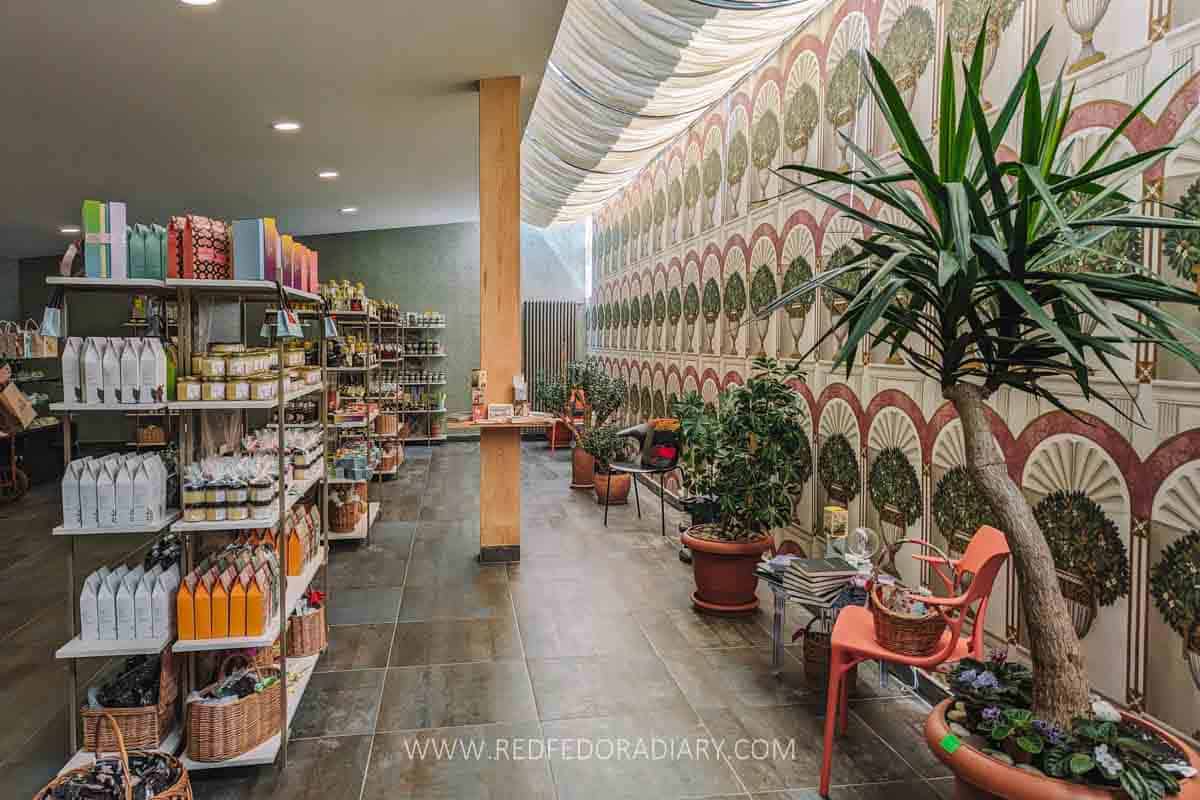
Poka Nunnery’s artisanal gift shop should be your stop to stock up on a wide range of homemade items, such as chocolate bars, jams and fruit preserves, face creams (I actually use theirs and like it), cheeses, teas, honey, and much more.
Gorelovka
One of the region’s most intriguing communities is the Doukhobors, also known as Spirit Wrestlers. They are a group of Russian origin with a unique spiritual tradition.
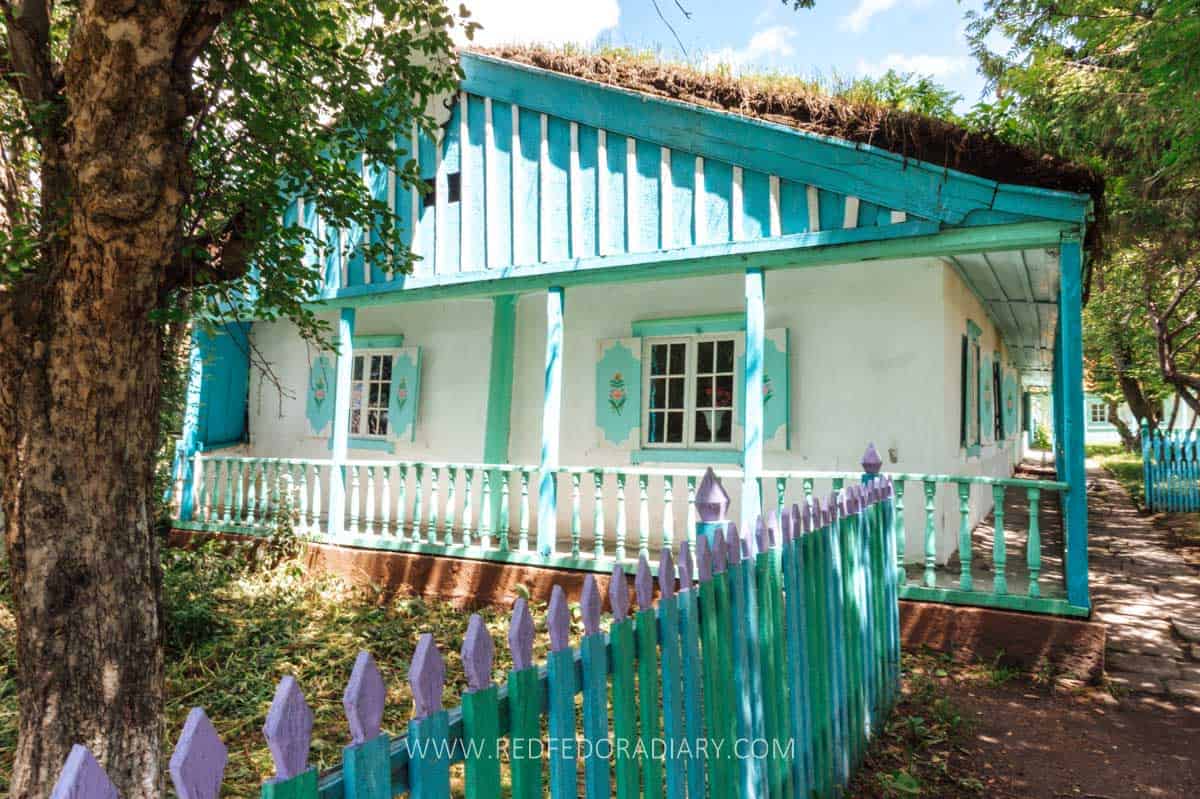
The Doukhobors broke away from the Russian Orthodox Church, rejecting its hierarchy and rituals in favor of a personal connection with God. Instead of the Bible, they preserved their faith through an oral collection of psalms and hymns called the Living Book.
Their pacifist and anarchist views led to their exile by Tsar Nicholas I in the 18th century, which forced them to relocate worldwide.
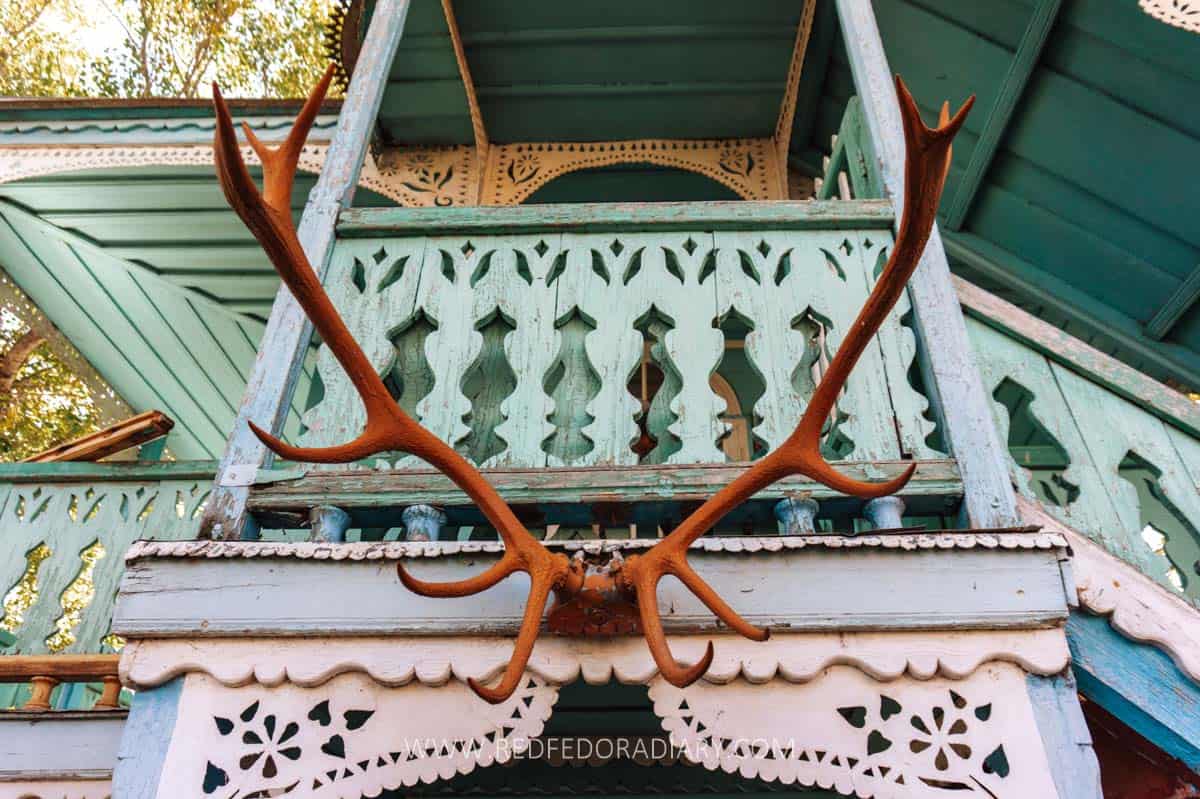
In Georgia, over 4,000 Doukhobors settled in various villages around the Javakheti Plateau, and Gorelovka, in particular, became one of the best-preserved Doukhobor settlements in the post-Soviet space.
However, their numbers decrease each year, but whoever is left still upholds its customs.
Bughdasheni Managed Reserve and Madatapa Lake
Located close to Gorelovka, it’s worth driving a few more km to explore some of the stunning lakes that are part of Georgia’s National Park – Javakheti Protected Areas.
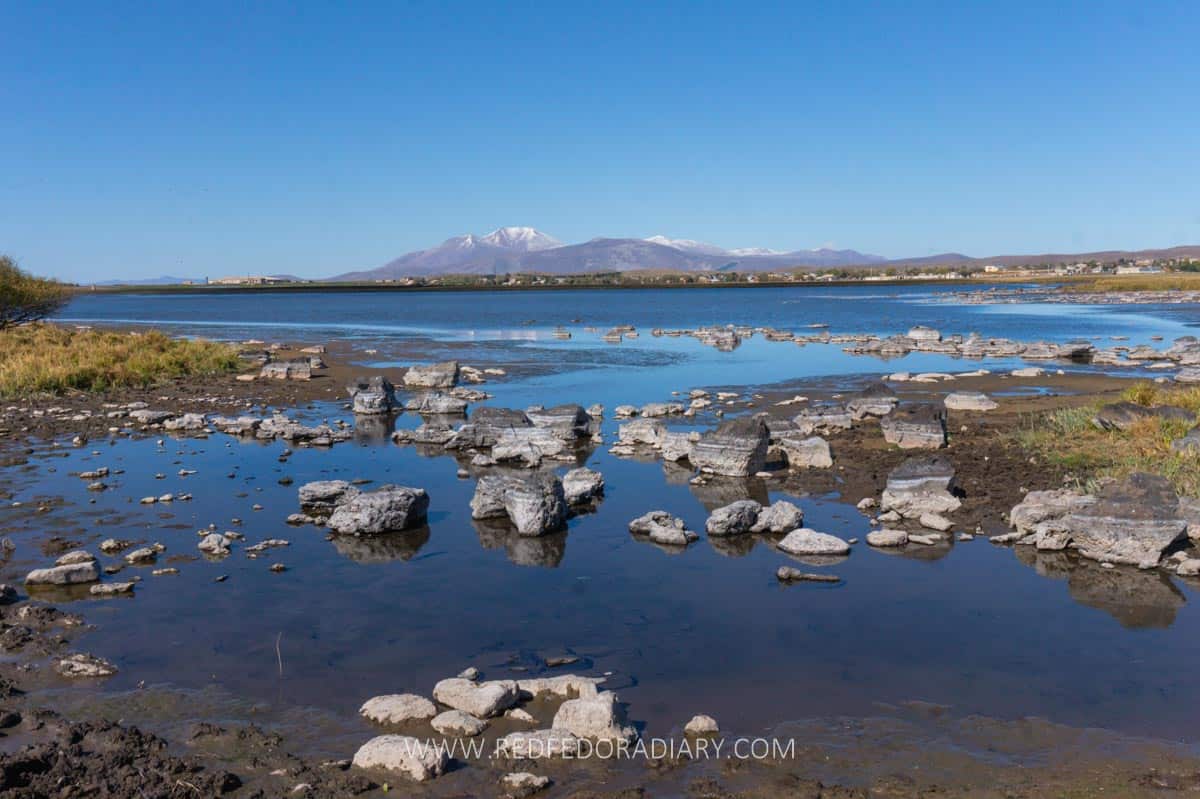
This protected area is home to more than 260 bird species, 76 of which are permanent residents, and the rest are migratory birds from across the globe. Some of its residents include the Dalmatian Pelicans, eagles, and flamingos, to name a few.
Although small, Bughdasheni Managed Reserve is one of the great spots for birdwatchers. It offers fantastic scenery with snow-topped mountains in the background. You can even follow a marked trail around the lake to soak up more scenery.
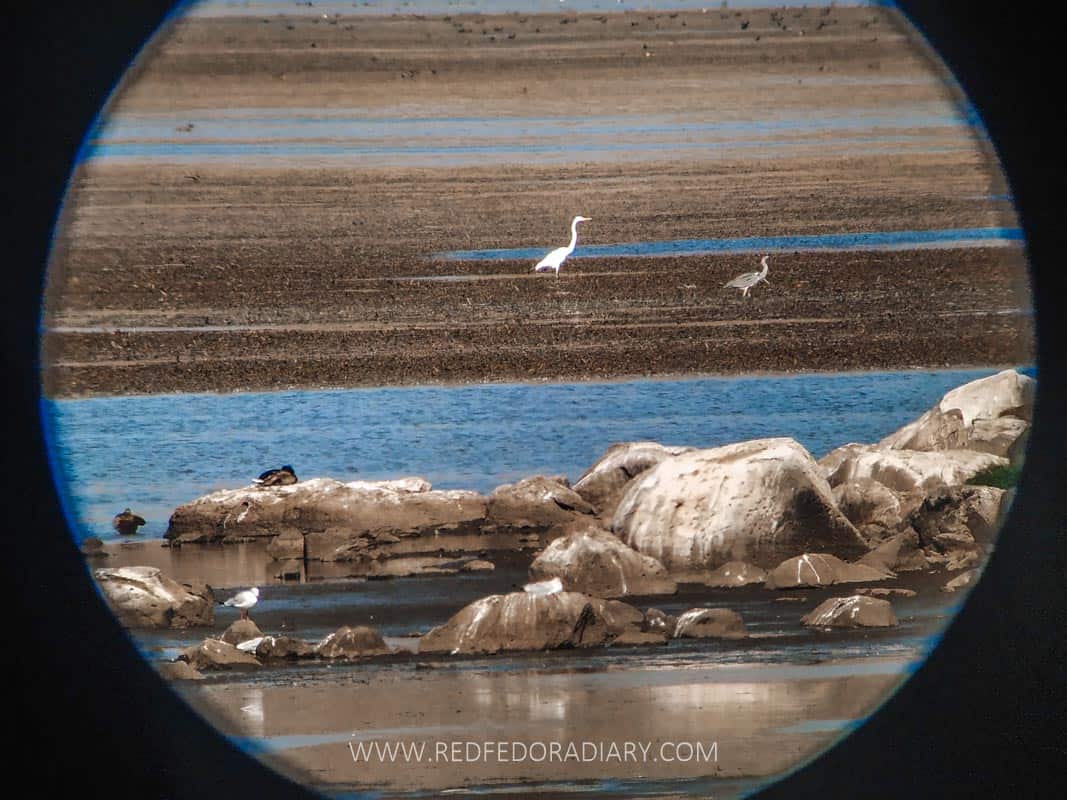
Only 9 km from Bughdasheni Lake, Madatapa is a volcanic lake at 2,100 meters above sea level. This lake attracts flocks of birds, which you can watch in their natural habitat from the watchtower at the shore.

Hey there! Great content, really.
Is it worth going there for a day trip from Tbilisi?
Thank you! Glad you liked it 🙂 It is, but it’s going to be a bit long day trip if you want to hit all those places I mention
Yes it is. Even for longer than one day …